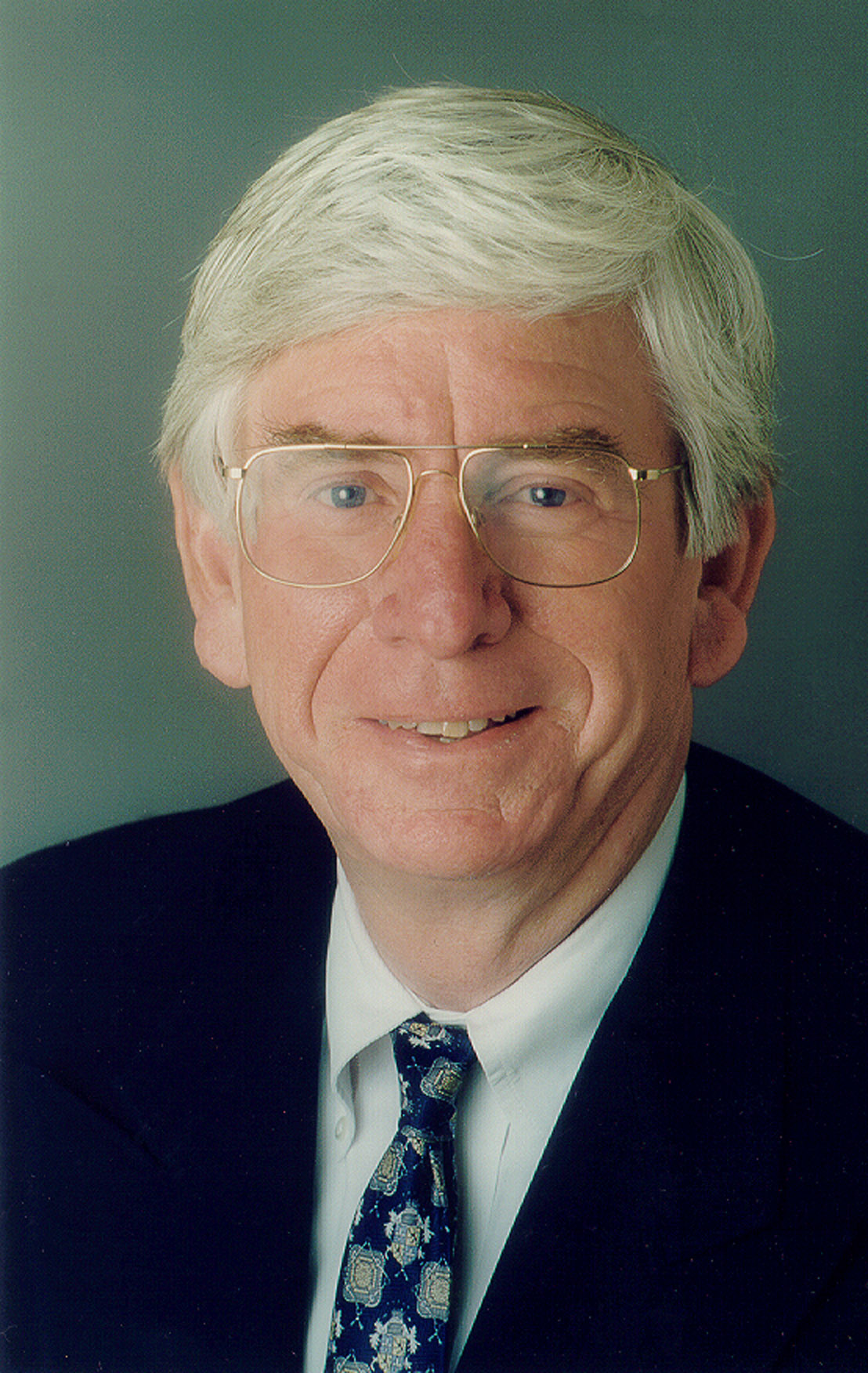Thornton Tomasetti, the international engineering firm, announces that Founding Principal Charles H. Thornton, Ph.D., P.E., Hon. AIA, Hon. ASCE, NAE is among five individuals being honored by the American Society of Civil Engineers’ Outstanding Projects and Leaders (OPAL) program for their lifetime achievements. The award will be presented at a black-tie gala at the Renaissance Arlington Capital View Hotel, Arlington, Va. on March 21.
The OPAL Lifetime Achievement Award is given to civil engineers who “represent a model of achievement to which future generations of engineers aspire to match or exceed.”
Thornton is being honored for his numerous contributions to the field of design. Regarded as one of the world’s preeminent structural engineers and educators, Thornton has been involved in the design, construction and analysis of projects around the world, many of which have set industry standards for innovation and creativity.
His signature projects include the Northwestern Atrium Center (now the Citigroup Center), United Airlines Terminal One at O’Hare Airport and United Center/Bulls and Blackhawks Arena, all in Chicago, Ill.; the Chifley Tower in Sydney, Australia; Tampa City Center in Tampa, Florida;; American Airlines superbay hangars in Los Angeles and San Francisco, Calif.; and the Petronas Twin Towers in Kuala Lumpur, Malaysia.
Thornton, currently chairman of Charles H. Thornton & Company LLC, Straam Inc. and AECOS, Ltd., is a founding principal and former co-chairman of Thornton Tomasetti. He currently serves as a consultant to Thornton Tomasetti.
Thornton is the founder of the ACE Mentor Program, which he established in 1993. ACE has offered guidance to more than 40,000 inner-city high school students in 106 cities around the country and has acquainted these students with the challenges and rewards offered by careers in architecture, engineering and construction. Thus far it has awarded more than $6 million in scholarships. In 2011, the program received a Presidential Award for Excellence in Science, Mathematics and Engineering Mentoring.
Thornton’s numerous career accolades include the Civil Engineer of the Year Award from ASCE’s Metropolitan Section in 1990, the Fazlur R. Khan Lifetime Achievement Medal from the Council on Tall Buildings and Urban Habitat in 2012, Hoover Medal in 2002, the Leonardo da Vinci Award for Leadership and Management Excellence from the Professional Services Management Association in 2003, the Benjamin Franklin Medal in Civil Engineering from the Franklin Institute in 2003 and the Golden Eagle Award from the Society of American Military Engineers in 2003.
Thornton earned a bachelor’s degree in civil engineering from Manhattan College in 1961, a master’s degree, also in civil engineering, from New York University in 1963 and a doctorate in structural engineering and engineering mechanics from New York University in 1966. +
Related Stories
Healthcare Facilities | May 27, 2015
Rochester, Minn., looks to escape Twin Cities’ shadow with $6.5 billion biotech development
The 20-year plan would also be a boon to Mayo Clinic, this city’s best-known address.
BIM and Information Technology | May 26, 2015
Lego-like model building kit was created by an architect for architects
Arckit, as the system is called, was designed to a 1:48 scale, making it easy to create models accurate to the real-life, physical building projected.
BIM and Information Technology | May 26, 2015
Moore's Law and the future of urban design
SmithGroupJJR's Stephen Conschafter, urban designer and planner, discusses his thoughts on the 50th anniversary of Moore's Law and how technology is transforming urban design.
Architects | May 26, 2015
AIA design competition creates portable, temporary housing for the homeless
The winning design from the AIA's "A Safe Place" competition was built at the AIA convention in Atlanta and later donated to a local non-profit partner.
BIM and Information Technology | May 21, 2015
How AEC firms should approach BIM training
CASE Founding Partner Steve Sanderson talks about the current state of software training in the AEC industry and common pitfalls in AEC training.
Architects | May 20, 2015
Architecture billings remain stuck in winter slowdown
Regional business conditions continue to thrive in the South and West
University Buildings | May 19, 2015
Special Report: How your firm can help struggling colleges and universities meet their building project goals
Building Teams that want to succeed in the higher education market have to help their clients find new funding sources, control costs, and provide the maximum value for every dollar.
University Buildings | May 19, 2015
Renovate or build new: How to resolve the eternal question
With capital budgets strained, renovation may be an increasingly attractive money-saving option for many college and universities.
University Buildings | May 19, 2015
KU Jayhawks take a gander at a P3 development
The P3 concept is getting a tryout at the University of Kansas, where state funding for construction has fallen from 20% of project costs to about 11% over the last 10 years.
Multifamily Housing | May 19, 2015
Zaha Hadid unveils 'interlocking lattice' design for luxury apartments in Monterrey, Mexico
Hadid's scheme was inspired by the Mexican tradition of interlocking lattice geometries.
















